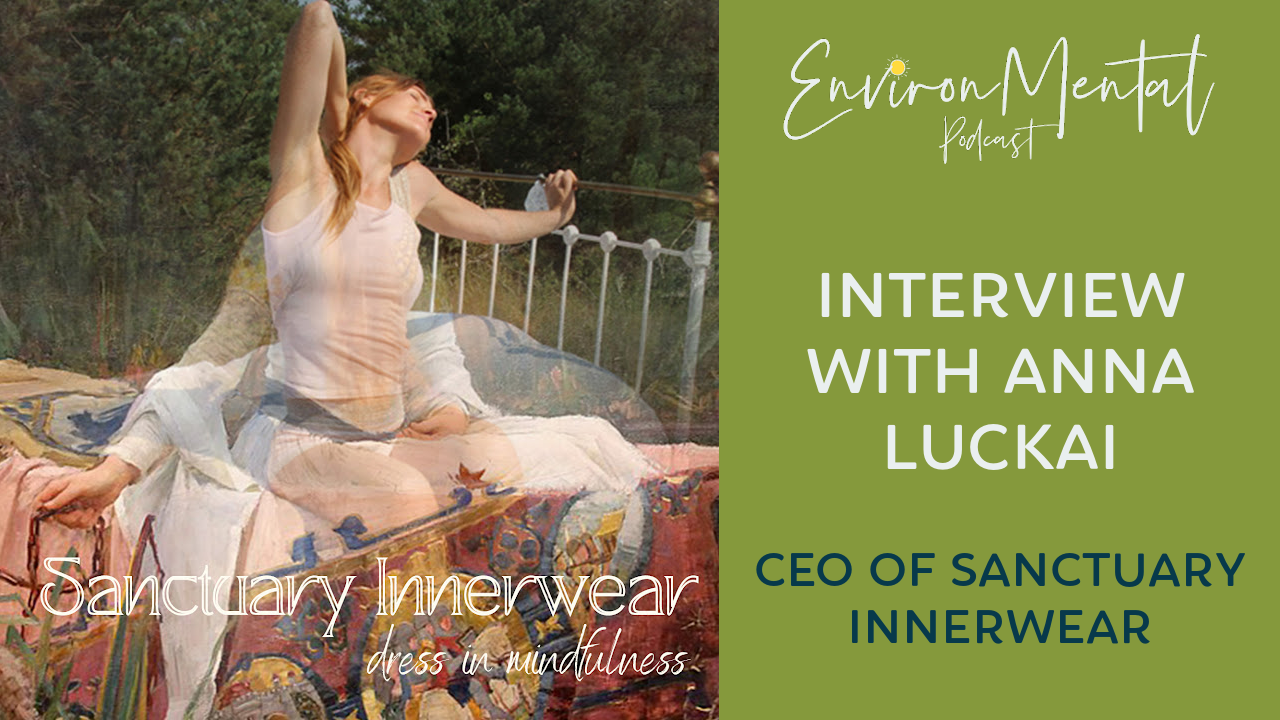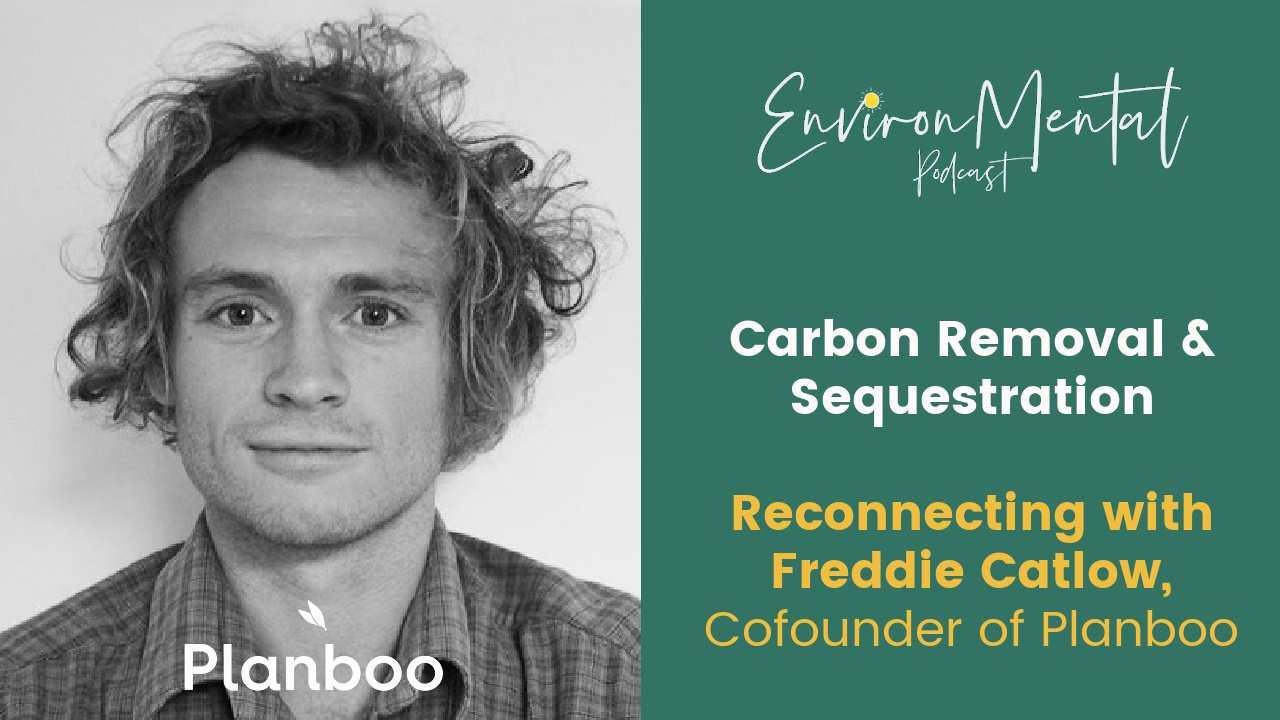“I just want people to be empowered… Sometimes we get overwhelmed… and people kind of get stymied and we can’t do that. We need to actually continue to move forward and we do have much more power than we think we do.” – Sue Inches on the importance of being an environmental lobbyist.
In this episode of the EnvironMental Podcast, we talked with Sue Inches about becoming a lobbyist for sustainable policy! Sue helped us realize that lobbying at the state level is easier that it might seem and that anyone can do it. Environmental lobbying is especially helpful for people who are in some version of the spiral, “I can’t do enough, I need to do more for the environment but I don’t know how to make a big enough difference.” Sue’s advice? Step one: find a community. Step two: take action.
And what should that action be? Why not make a difference where it matters most: governmental policy. Start lobbying for the environment!
What is an Environmental Lobbyist?
An environmental lobbyist is someone that tries to persuade politicians to vote in favor of the environment when it comes to creating new policies. This includes things like fisheries, energy codes, land use, and renewable energy.
What we learned from Sue in this talk was just how simple it is. We see the term “lobbyist” and we think about fancy folks throwing money around and making under-the-table deals. And maybe that’s a bit true for federal-level lobbying but the truth is that lobbying is all about making personal connections with decision makers!
Why Become An Environmental Lobbyist?
You’re connecting with us through the EnvironMental podcast, so we probably don’t need to convince you how important it is that we put more voices in play that support social and environmental sustainability.
Making sure that sustainability infiltrates every part of your state and local politics is the best way to make sure that we take real action against the climate crisis.
What does the Lobbying Process look like?
Getting started as an environmental lobbyist need not be scary or difficult! Sue shared how to do it at the state level because it’s much simpler. Trying to lobby at the federal level takes much more networking because congress is challenging to get in touch with. But if you have big political goals, start local and work your way up to the federal.
Step one: Get to know a decision maker.
It’s likely that your state and local representatives live and work locally. They’re part of your community already, so it’s easy to reach out and meet up for coffee. Be genuine. Spend time getting to know them and what they care about. When you create genuine connections with the people that represent you, they are more likely to listen.
Step two: Share stories and community experience.
Once you know your representatives, start talking to them about the issues that you care about. You don’t have to be an expert, you just have to show that you care. It is the job of the state and local politicians to listen and represent their constituents. If you and your community show up and share your real stories and experiences, they will listen to you.
Sue also said that it’s important to know that people remember stories and experiences. You can share facts and figures all day, but the most effective strategy for an environmental lobbyist is to get the community to share real stories in an open forum.
Politics are about Fear
After explaining the process with us, Sue shared an “aha” moment she had. That politics are about fear. As she sat at an open forum for an environmental bill, she listened to the political opposition share their concerns and their fears. She realized that the opposition were handing over the ammunition she and the other lobbyists needed to succeed! As an environmental lobbyist, it is her job to listen, anticipate, and address those fears.
It’s important to invite the opposition to meetings, to reach out to them, and to listen to their fears. It isn’t often that you can change the mind of the opposition, but the first step is to get them to the table and make sure to put their fears to rest as best as possible.
Advocating for the Environment; How to Gather Your Power and Take Action.
If you’re interested in getting into environmental advocacy, make sure that you check out Sue’s new book: Advocating for the Environmental; How to Gather Your Power and Take Action.
Sue found that she had a lot of students that approached her feeling like they had a lot of environmental knowledge, but almost no idea of what to do with it. So she wrote a guide! Advocating for the Environment is a field guide with actionable information for every step of the advocacy process. It helps you communicate to improve your impact and stay positive through difficult times.
Connect with Sue
You can connect to Sue at her website: sueinches.com. There, you can reach out to ask questions about environmental advocacy, policy issues, or hire her to come give a talk to your community!




